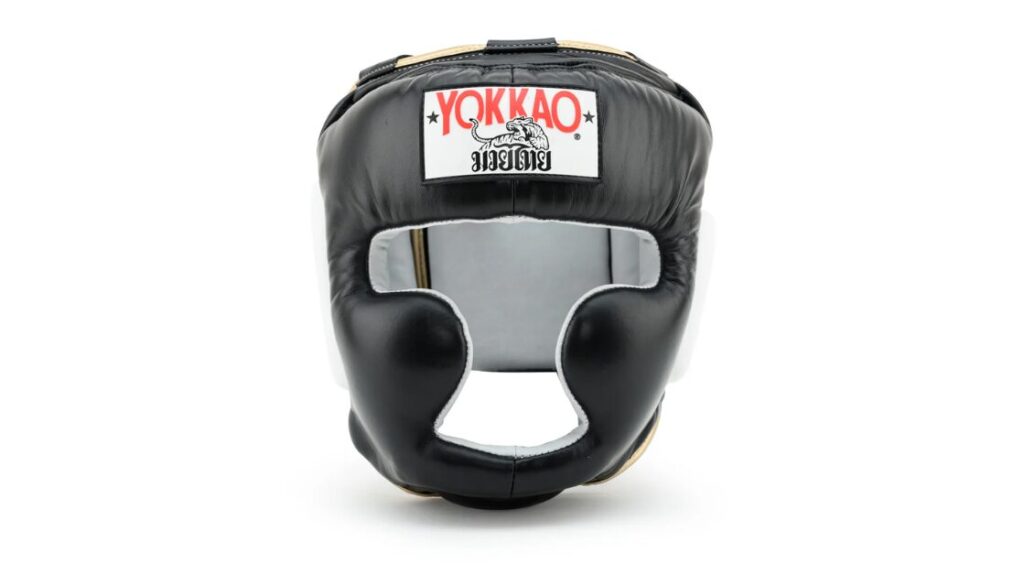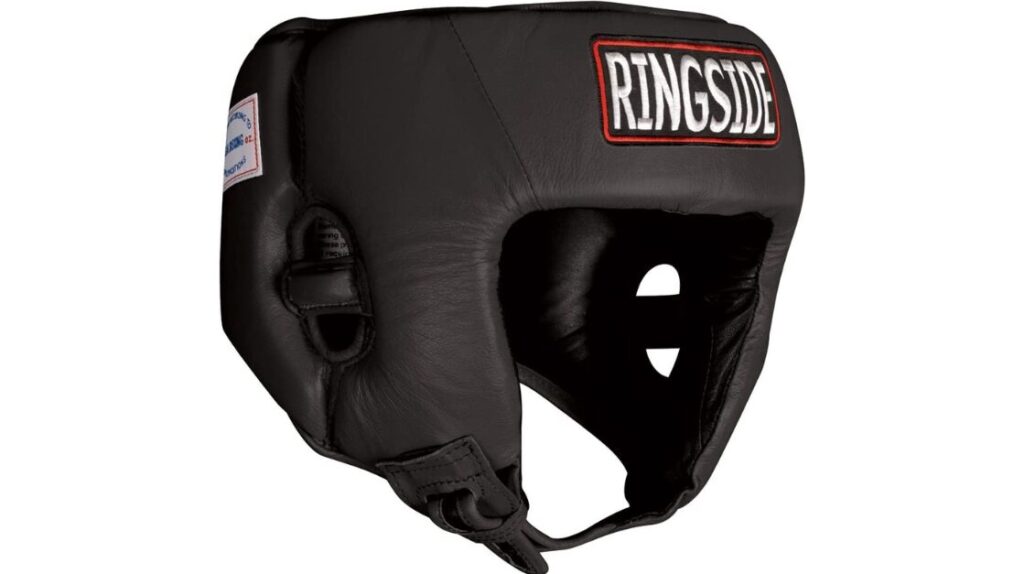Muay Thai sparring requires head protection to avoid cuts, bruises, and concussions. A well-designed headgear absorbs impact, enhances training safety, and allows fighters to focus on technique without fear of unnecessary injury. Choosing the right headgear requires consideration of various factors, including protection, comfort, visibility, and durability.
What to Look for in Muay Thai Headgear
We’re talking about headgear—something to balance protection and comfort for serious sparring or training. Let’s look at the key factors you need to think about when choosing the right headgear.
Foam Padding
First, there is the padding. Its purpose is to absorb impact. You want foam that will withstand punches or strikes without transferring that shock to your head. Just get the right density of foam. You lose mobility if you are too thick or too thin, or you are not protected enough. Find headgear that is protective but flexible enough to move.
Fit
If your headgear isn’t fitting properly, it’s not doing its job. You want it to stay snug on your head without shifting around while you’re sparring. At the same time, it should never feel so tight that it’s uncomfortable.
Adjustable straps or laces are key here, allowing you to tweak the fit depending on your head shape, so you’re not getting any annoying pressure spots.
Sight Coverage
You may now think that more protection is better. But the thing is, bulky headgear can blur your vision. Blocked peripheral vision slows reaction time during training or sparring. You need just enough protection without obscuring your sightlines.
Material Lifespan
Leather headgear is more comfortable and lasts longer, but if you’re on a budget, some synthetics are a good compromise. Find headgear with strong stitching and reinforced seams. You don’t want something that starts breaking down after a few hard rounds in the gym.
Ventilation
When you spar or train for long periods, you sweat. Poor airflow in headgear can quickly become uncomfortable. Pick ones with sweat-resistant linings and airflow channels to keep you cool and reduce skin irritation.
Types of Muay Thai Headgear
Full-face headgear protects the cheeks, chin, and forehead. It is better for fighters who value safety and want to minimize facial bruising. However, it may reduce visibility slightly.

Open-face headgear offers better vision and a lighter feel, making it suitable for agile fighters with quick reflexes. It exposes more of the face but allows more natural motion.

Hybrid designs combine elements of both full-face and open-face headgear. Some models feature cheek protectors without a chin guard, balancing protection and visibility for different sparring preferences.
Headgear for competition and training differs in design and padding. Competition headgear is typically lighter and less bulky to meet regulatory standards, while training headgear has extra padding to withstand repeated strikes.
Top Muay Thai Headgear Brands & Models
Fairtex makes tough, padded headgear. The models are well protected without being restrictive.
Twins Special combines comfort and protection for both beginners and experienced fighters. Their quality materials ensure durability and reliability.
Top King’s headgear is lightweight and has good padding. Its models offer better impact absorption without sacrificing mobility, which is why competitive fighters prefer them.
Those who want affordability without compromising safety have budget-friendly options. The cheaper synthetic leather models from reputable brands offer decent protection but wear out faster than premium options.
How to Ensure the Perfect Fit
Measuring head size is essential for selecting the correct headgear. Using a flexible measuring tape around the forehead provides an accurate measurement for sizing charts.

Adjustable straps and closure systems allow for a customized fit. Velcro closures, buckles, and lace-up designs help secure the headgear during sparring.
Common fit issues include headgear that shifts during movement or feels too tight around the jaw. Choosing a model with a well-balanced design and proper adjustments minimizes these concerns.
Maintenance & Care Tips for Longevity
Proper cleaning and storage prevent odor buildup and bacterial growth. Wiping the headgear with a damp cloth after each session and using antibacterial sprays helps maintain hygiene.
Allowing headgear to air dry completely before storage prevents moisture buildup, which can lead to deterioration over time. Storing headgear in a cool, dry place extends its lifespan.
Look for signs of loose stitching or compressed padding. These signs will help determine when replacement is necessary. Wear out headgear since it has lost its protective ability.
Frequently Asked Questions
Should I choose full-face or open-face headgear for sparring?
Full-face headgear offers more protection, while open-face models provide better visibility and mobility. The choice depends on personal preference and sparring intensity.
Is leather or synthetic headgear better?
Leather headgear is more durable and comfortable over time, but synthetic options offer affordability and sweat resistance.
How often should I replace my Muay Thai headgear?
The headgear should be replaced when padding becomes compressed or stitching weakens, typically after extensive use or visible signs of wear.




